
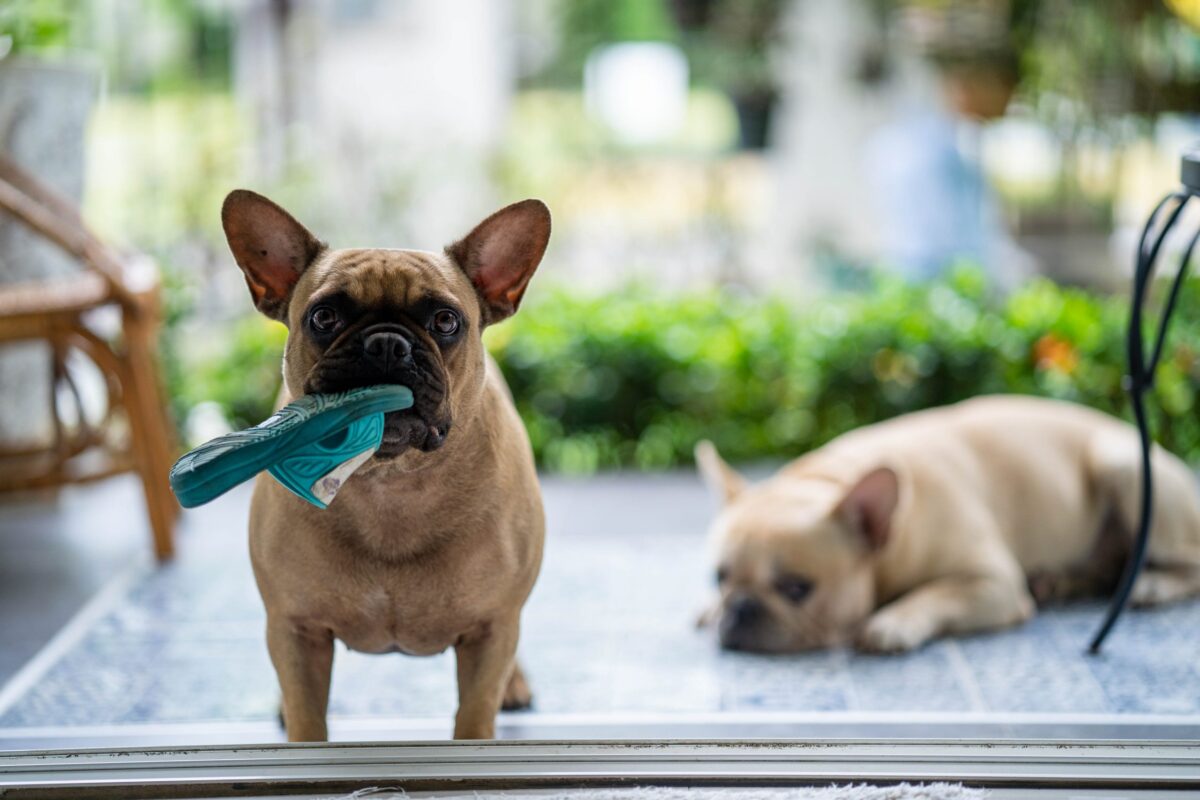
Ever notice your dog gently nibbling on a toy, their blanket, or even you with their front teeth? It’s a behavior that often baffles dog owners. Unlike biting, which can be aggressive or rough, nibbling is typically soft and playful, almost reminiscent of how a corn cob is nibbled. This behavior can have a variety of meanings, ranging from affection to grooming instincts. Dogs are complex creatures, and the reasons behind their front-teeth nibbling are rooted in their instincts, learned behaviors, and even emotional states.
Grooming Their Favorite Human or Friend
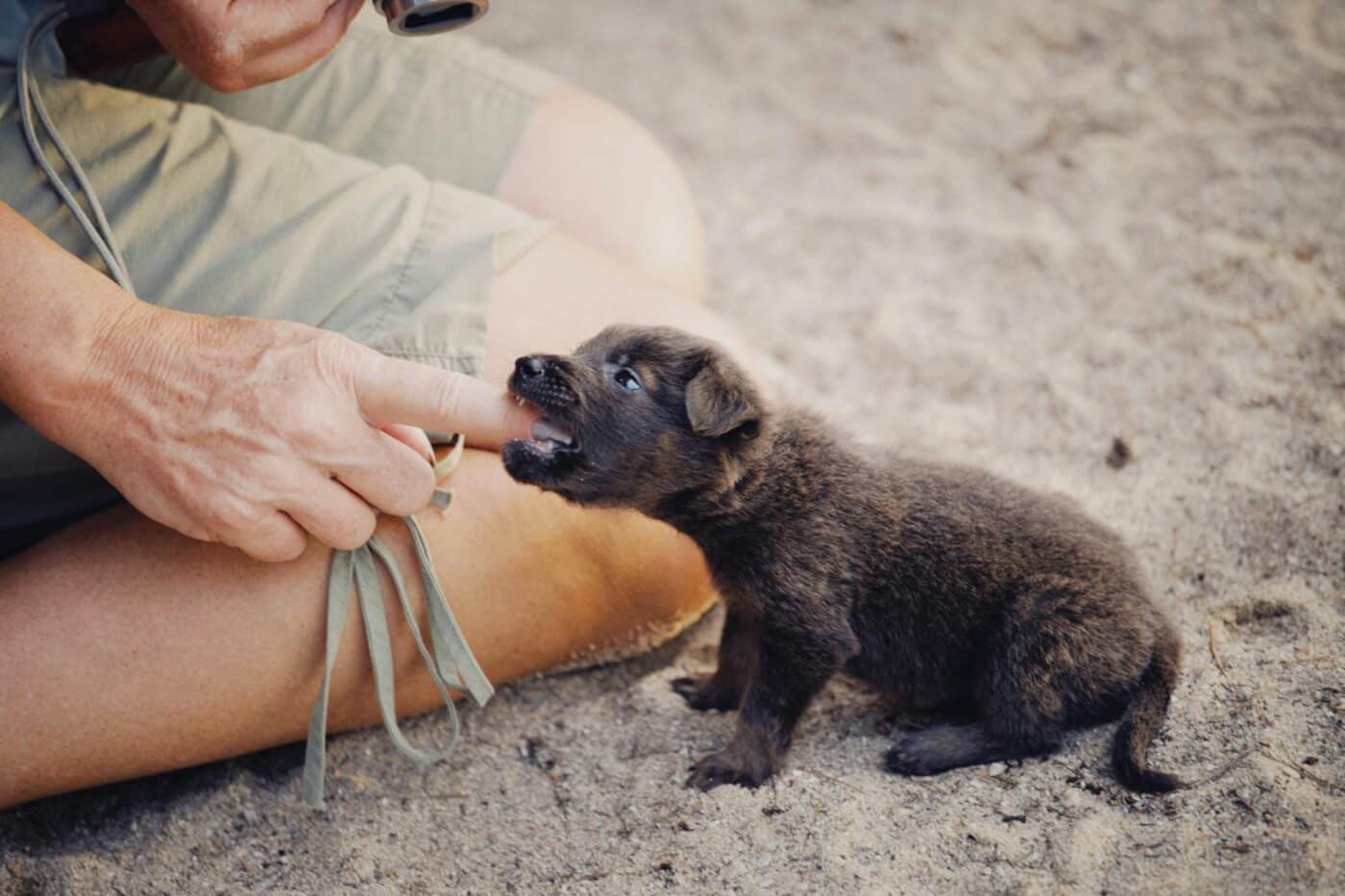
Dogs use their front teeth to nibble as a form of grooming, a behavior they’ve inherited from their ancestors. In the wild, dogs and wolves nibble on each other’s fur to remove dirt, debris, and even pesky parasites. When your dog gently nibbles on you, it can be a sign of affection and their way of “cleaning” you as part of their pack. This grooming behavior shows that they see you as part of their family and want to take care of you. If your dog nibbles your arm or hair softly, think of it as a loving gesture from your furry friend.
Teething Troubles in Puppies
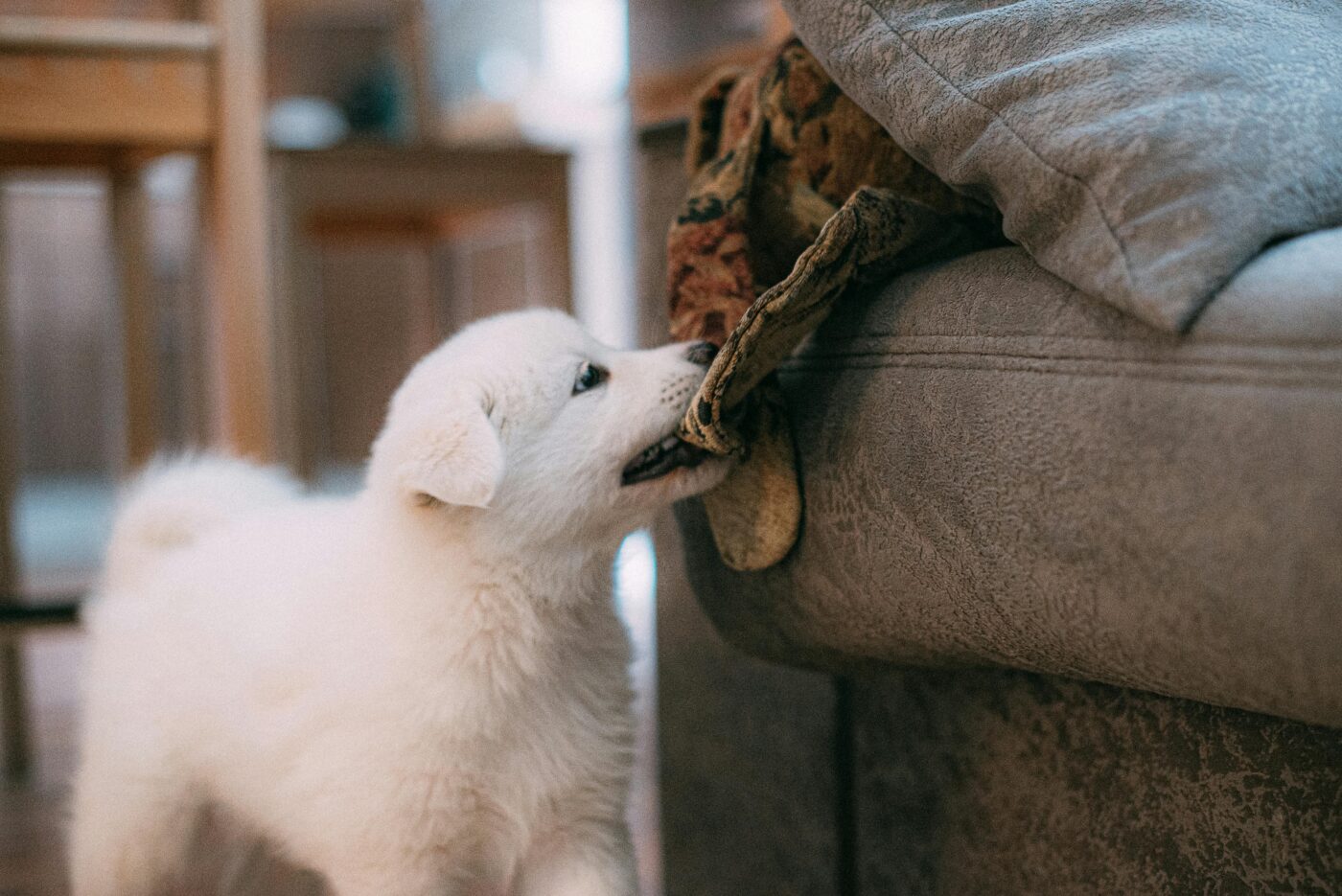
If you’ve ever had a puppy, you know how much they love to nibble on everything. This is often due to teething, which can be uncomfortable and even painful for young pups. Nibbling with their front teeth helps soothe their sore gums and relieve some of the discomfort. Puppies will nibble on toys, your fingers, or whatever they can find to make themselves feel better. Providing them with appropriate teething toys can help redirect this behavior and save your belongings from being nibbled to pieces. Teething usually eases up as they grow older, but the habit may linger if it brings comfort.
Affection and Love Bites
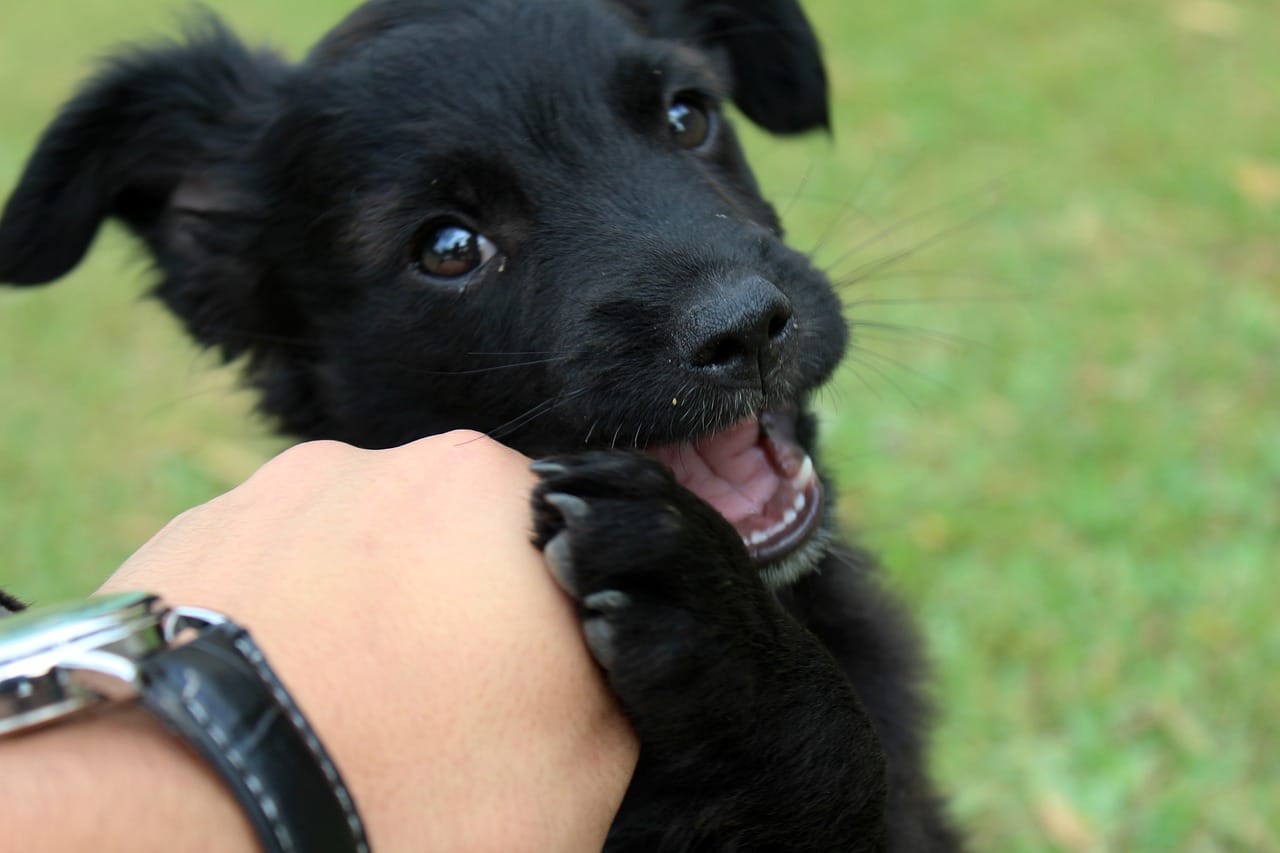
Sometimes, dogs nibble with their front teeth as a way to show affection, similar to how humans might give a gentle hug. This behavior is often seen when dogs are feeling particularly close to their owner or another dog. It’s their way of expressing love and bonding with you. These gentle love bites are typically accompanied by tail wagging and a relaxed body posture. If your dog nibbles on you while you’re snuggling on the couch or during playtime, it’s likely a sign that they adore you and want to show how happy they are in your company.
Playful and Excited Behavior

Dogs can get carried away when they’re excited, and nibbling is one way they express their playful energy. This is especially common during interactive play sessions, where nibbling becomes part of their fun. The behavior is often gentle and accompanied by a wagging tail, happy barks, or playful jumps. It’s a way for dogs to engage in play without using aggressive bites. While it’s usually harmless, some dogs may need guidance to avoid overexcitement which could lead to harder bites. Teaching your dog boundaries and redirecting their energy to toys can help channel their playfulness more safely.
Itchy or Irritated Skin
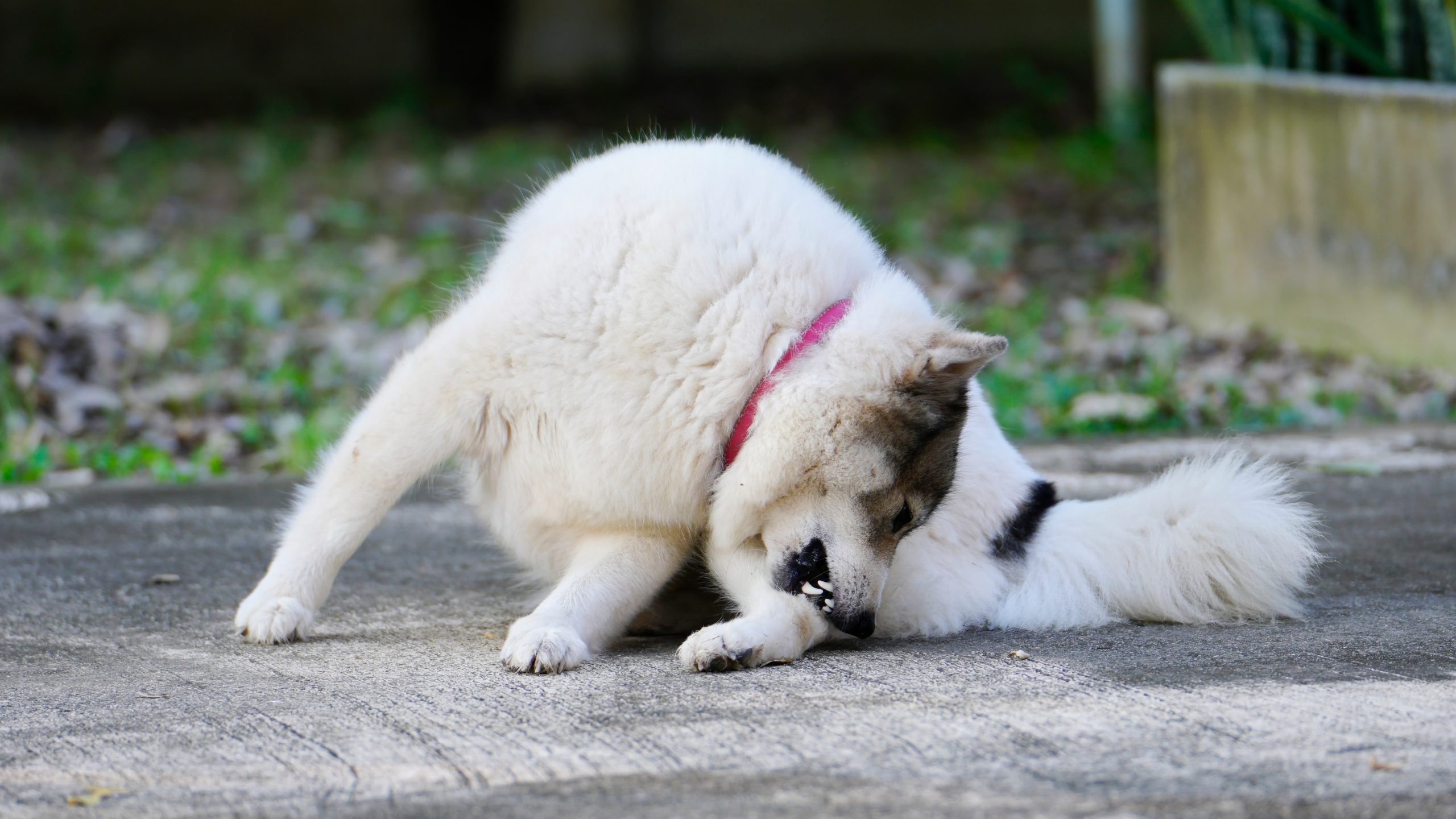
Sometimes, dogs nibble at their fur or skin because they’re trying to scratch an itch or soothe irritation. Allergies, dry skin, or even flea bites can make your dog uncomfortable, prompting them to use their front teeth to nibble at the affected area. This behavior can be similar to a human scratching an itch with their fingernails. If your dog’s nibbling becomes frequent or obsessive, it could be a sign of an underlying skin issue that needs attention. A visit to the vet may be necessary to rule out allergies, parasites, or other conditions irritating.
Exploring and Investigating
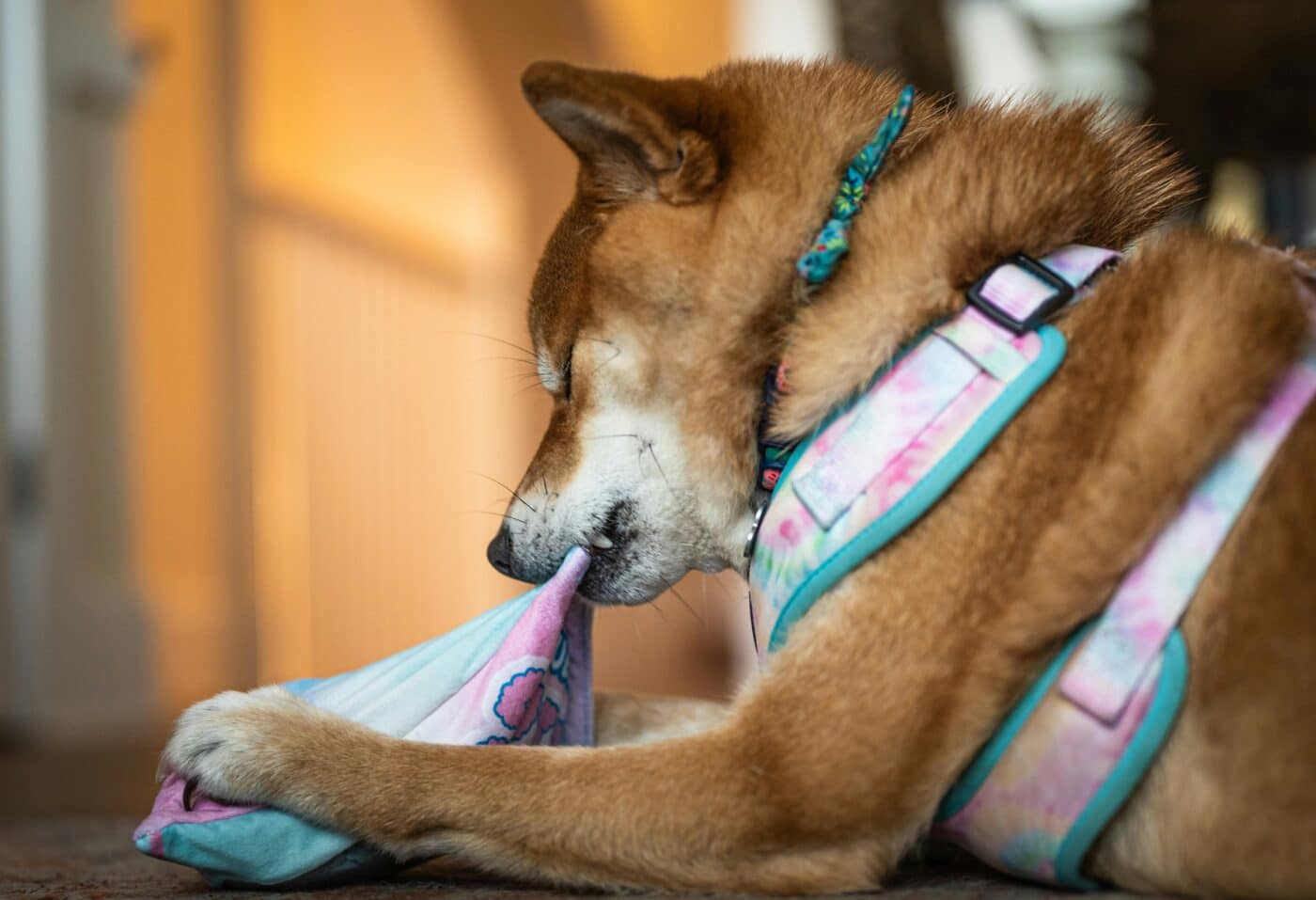
Dogs are curious creatures who love to explore their world, and their mouths are one of their primary tools for investigation. Nibbling with their front teeth allows them to feel textures and taste objects, helping them learn about their surroundings. This exploratory behavior is common in puppies but can be seen in adult dogs, too. If your dog nibbles on new toys, furniture, or even your clothes, they might just be trying to figure out what it is. While it’s usually harmless, keeping an eye on what they’re nibbling will ensure they don’t accidentally swallow something dangerous.
Anxiety and Stress Relief

Nibbling can be a coping mechanism for dogs experiencing anxiety or stress. Just like some people bite their nails or fidget when they’re nervous, dogs may nibble on objects or even themselves to calm down. This repetitive behavior can release endorphins and provide comfort. If your dog starts nibbling more frequently during stressful situations, such as thunderstorms or when left alone, it could be a sign of anxiety. Providing them with calming toys, creating a safe space, or using positive reinforcement to redirect their focus can help reduce their stress and prevent nibbling from becoming a compulsive behavior.
Boredom and Lack of Stimulation

Dogs need physical and mental stimulation, and if they don’t get enough, they can become bored. Boredom often leads to undesirable behaviors, including nibbling on objects around the house. Using their front teeth to nibble may be a way for dogs to entertain themselves and burn off excess energy. This behavior can be a cry for more engagement or playtime with their owner. Regular walks, puzzle toys, or interactive play sessions can help keep your dog’s mind and body busy, reducing the likelihood of boredom-induced nibbling. An entertained dog is a happy, well-behaved dog.
Imitating Littermates’ Behavior
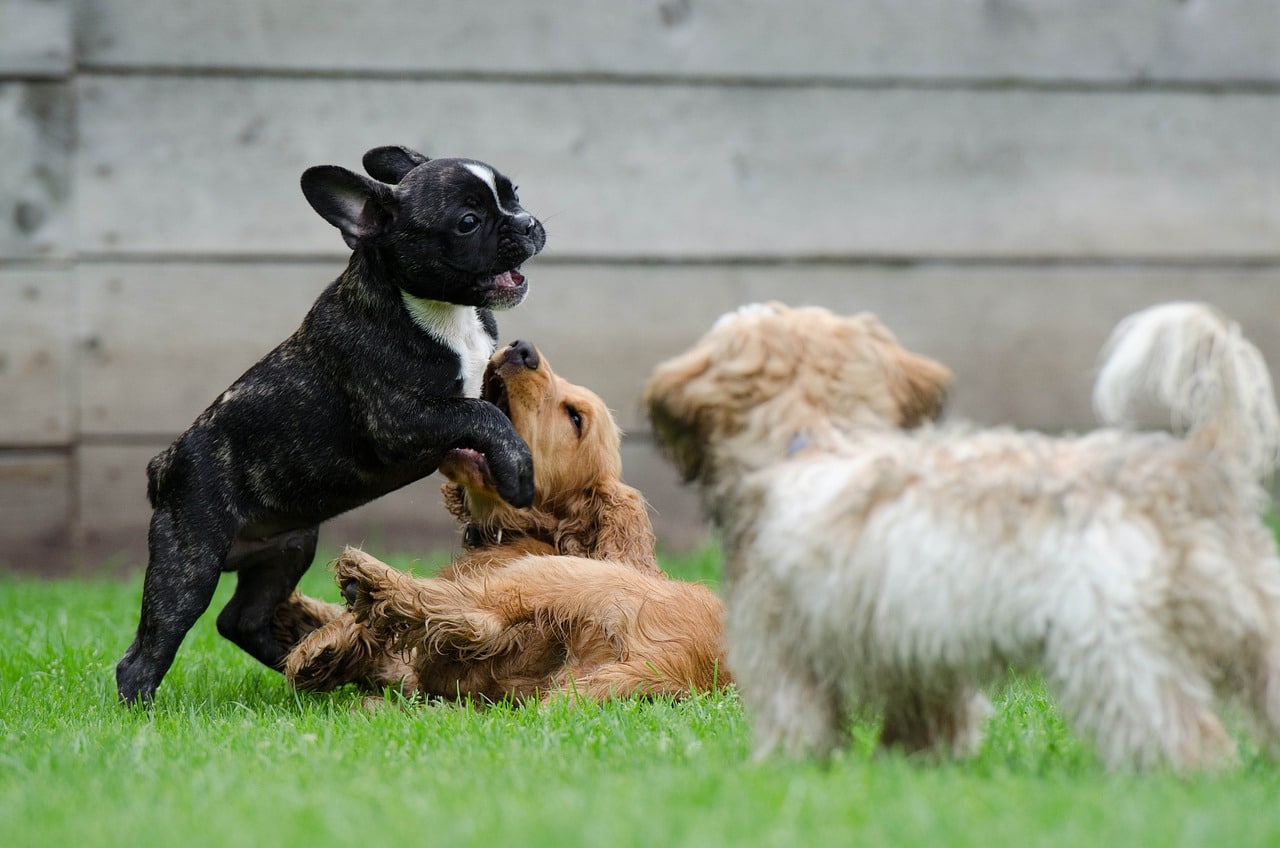
For puppies, nibbling is a natural part of growing up with their littermates. They use their front teeth to play and interact with their siblings, learning bite inhibition and social cues in the process. When a dog leaves their litter and joins their new human family, they may continue this behavior as a way to interact and bond. This playful nibbling is often gentle and shouldn’t cause harm. However, if it becomes too rough, gentle training and redirection can help teach your dog the appropriate way to engage with people, ensuring that their playful nature doesn’t become a nuisance.
Grooming Themselves Like a Pro
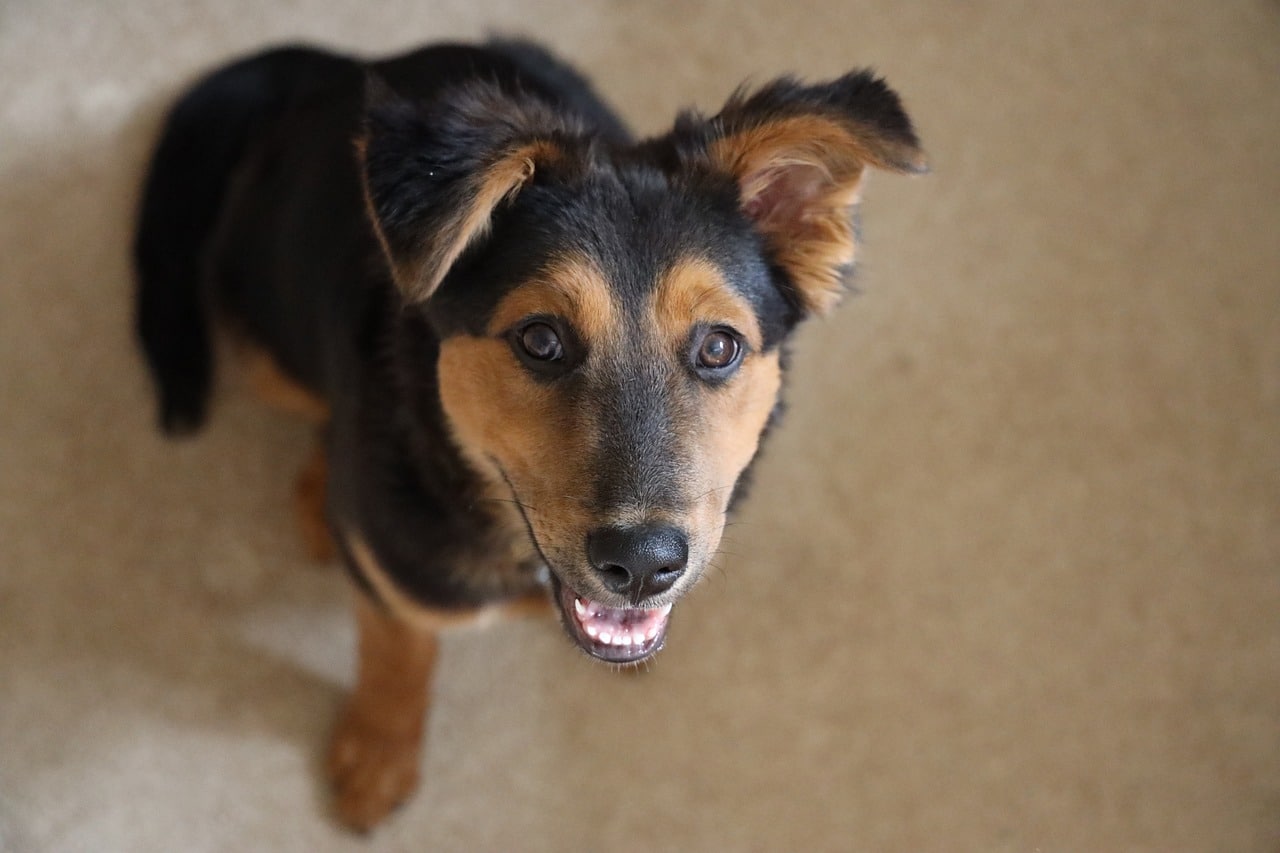
Dogs are surprisingly good at grooming themselves, and nibbling with their front teeth is one way they do it. Just as they might use their tongue to clean their fur, they also use their front teeth to remove dirt, debris, or tangled hair. This self-grooming behavior is normal and can be quite effective, especially in double-coated breeds. If your dog is nibbling at their fur but seems healthy otherwise, it’s likely part of their natural grooming routine. However, excessive grooming or hair loss could indicate a skin issue that requires veterinary attention.
Communicating Needs or Discomfort
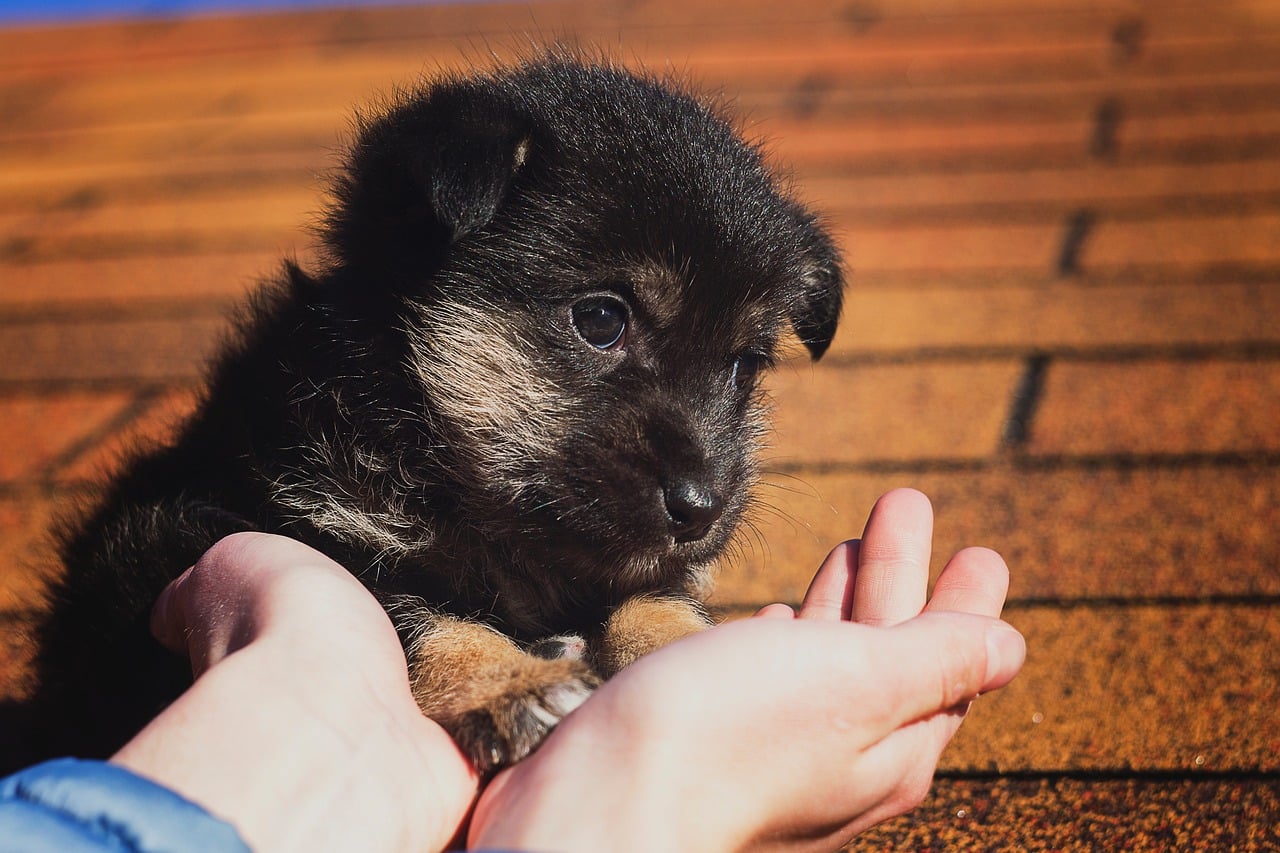
Dogs use various behaviors to communicate with their humans, and nibbling can be one of them. Your dog might nibble on you to get your attention, especially if they need something, like food, water, or a bathroom break. They may also nibble if they’re feeling uncomfortable or unwell, trying to let you know that something isn’t right. Pay attention to the context and other cues, like whining or restlessness, to understand what your dog is trying to communicate. Sometimes, a gentle nibble is just their way of saying, “Hey, I need something over here!”
The Great Nibble Mystery Unleashed
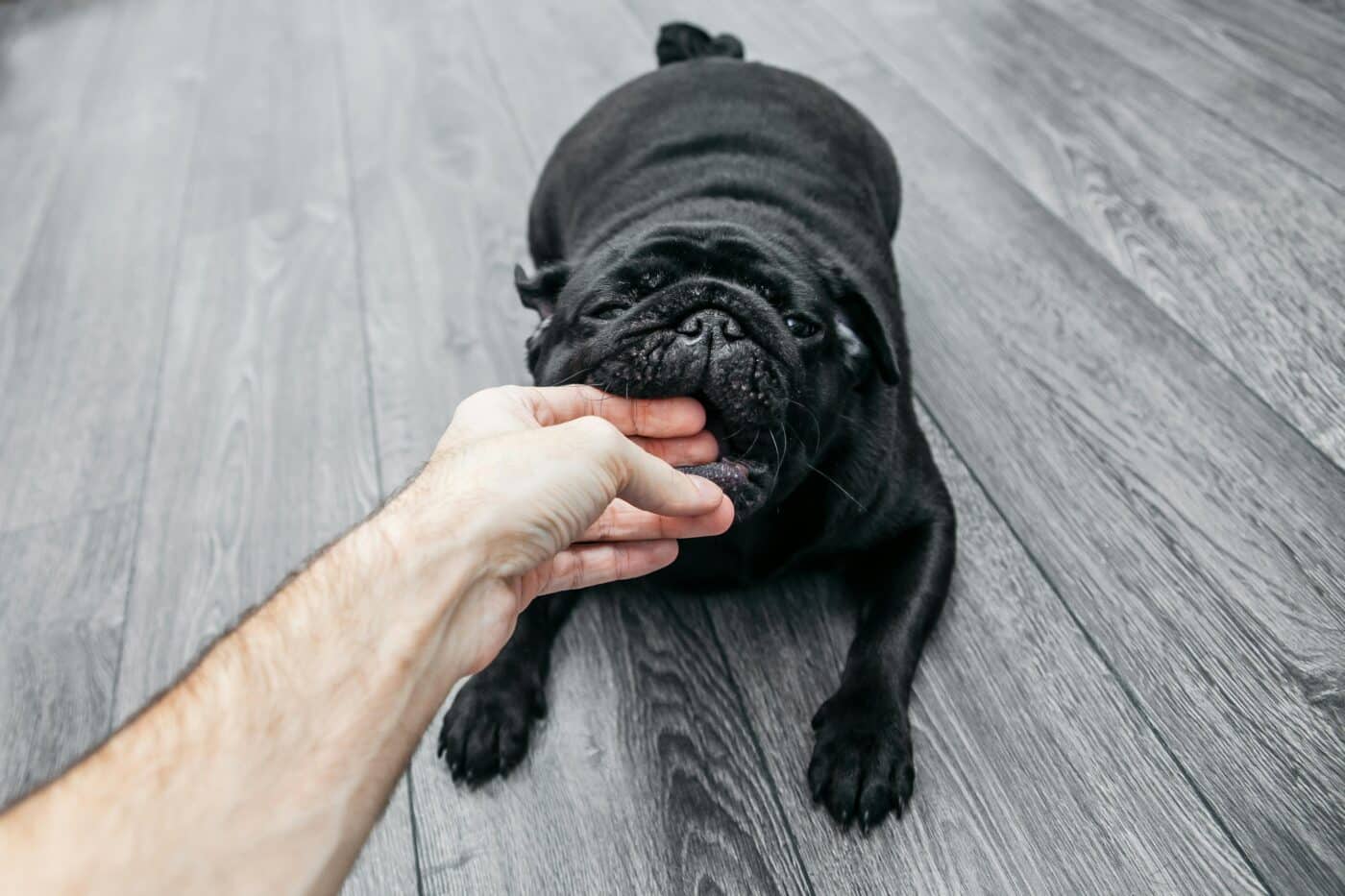
Dogs nibbling with their front teeth can indicate anything from love and playfulness to anxiety or boredom. Understanding your dog’s nibbling habits can strengthen your bond and help address any concerns. While some nibbling is completely normal and harmless, it may sometimes signal that your pup needs more attention, stimulation, or even a vet check-up. So, next time your dog starts nibbling like they’re tackling an invisible corn cob, take a moment to think about what they might be trying to communicate.
The post 11 Reasons Dogs Nibble With Their Front Teeth appeared first on iHeartDogs.com.
